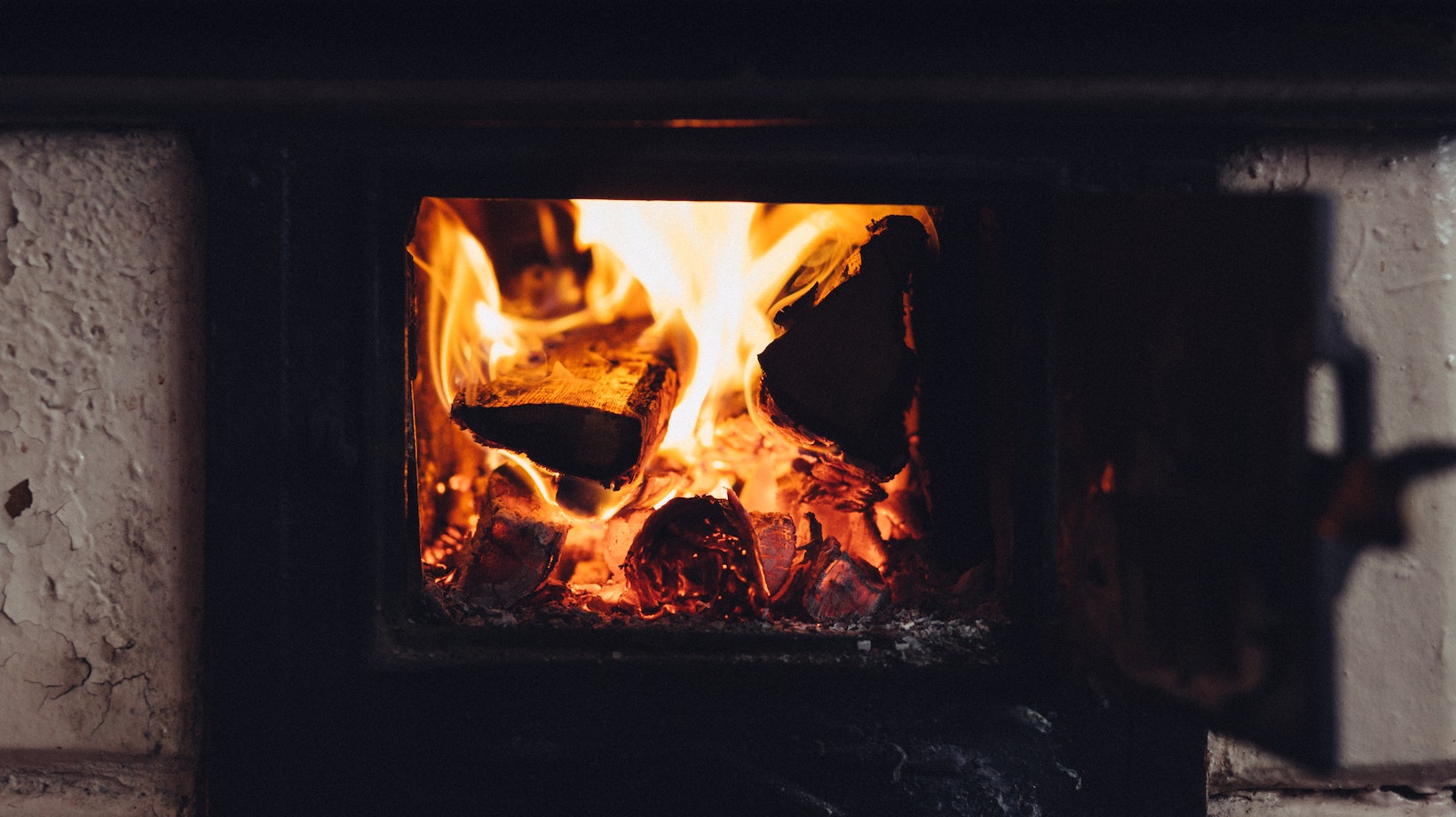Looking for a reliable heating solution for your garage? Consider a wood stove for your garage to keep it warm and comfortable during the colder months. A wood stove is a popular choice among homeowners who want an efficient and cost-effective way to heat their garages.
A wood stove offers several advantages when it comes to heating a garage. Firstly, wood is a renewable and readily available source of fuel, making it cost-effective in the long run. Secondly, wood stoves are known for their high heat output, ensuring that your garage stays warm even on the coldest days. Additionally, using a wood stove can provide you with independence from other energy sources, which can be particularly beneficial if you live in an area prone to power outages.
Table of Contents
ToggleWood Stove For Garage
When it comes to selecting a wood stove for your garage, there are several factors that you should take into consideration to ensure you make the right choice. Here are some key points to keep in mind:
- Garage Size: The size of your garage is an important factor in determining the type and capacity of wood stove that will work best for your space. Measure the dimensions of your garage and consider its insulation level to determine how much heat output you’ll need.
- Local Regulations: Before purchasing a wood stove for your garage, be sure to check local regulations and codes regarding the installation and use of such appliances. Some areas may have specific requirements or restrictions that you need to adhere to.
- Ventilation: Proper ventilation is crucial when using a wood stove in any enclosed space, including garages. Ensure that your garage has adequate ventilation options like windows or vents, as well as a carbon monoxide detector for added safety.
- Safety Features: Look for wood stoves with built-in safety features such as firebrick lining, spark arrestors, and air wash systems that help keep the glass clean. These features not only enhance safety but also contribute to better efficiency and longevity of the stove.
Sizing and Capacity
Determining the right size and capacity of your wood stove is essential for optimal performance and heating efficiency in your garage. Consider these factors when choosing:
- BTU Output: British Thermal Units (BTUs) indicate how much heat a wood stove can produce per hour. Calculate the BTU requirement based on the square footage of your garage and factors like insulation, ceiling height, and climate conditions.
- Stove Efficiency Rating: Look for stoves with high efficiency ratings as they convert more fuel into usable heat instead of wasted energy going up the chimney.
- Wood Length: Consider the length of wood that the stove can accommodate. Longer logs may require less frequent loading, while shorter logs offer more flexibility in terms of space and storage.

Factors to Consider Before Proceeding With The Installation
- Ventilation: Proper ventilation is essential when using a wood stove in any enclosed space, including your garage. Without adequate ventilation, the buildup of smoke and carbon monoxide can pose serious health risks. Make sure your garage has sufficient openings for air circulation or consider installing an exhaust system specifically designed for wood stoves.
- Combustible Materials: Take stock of any combustible materials present in your garage, such as gasoline containers, paints, or flammable liquids. These items should be stored away from the wood stove to prevent accidental fires or explosions.
- Clearance Requirements: Ensure that you meet the required clearance distances set by local building codes and regulations for installing a wood stove in your garage. This includes maintaining proper spacing between the stove and nearby walls or other objects to minimize fire hazards.
- Chimney Installation: A properly installed chimney is critical for safe operation of a wood stove. Seek professional help if you’re unsure about how to install a chimney or if you need assistance with its maintenance and cleaning.
- Fire Safety Equipment: It’s important to have appropriate fire safety equipment readily available in case of emergencies. This includes fire extinguishers that are suitable for extinguishing different types of fires, as well as smoke detectors and carbon monoxide alarms.
- Insurance Coverage: Contact your insurance provider to discuss whether adding a wood stove to your garage will impact your coverage or require any additional safeguards.
Remember, the installation of a wood stove in your garage should be approached with caution and careful planning. By considering these factors beforehand, you can enjoy the benefits of a warm and cozy workspace while keeping safety as your top priority.





